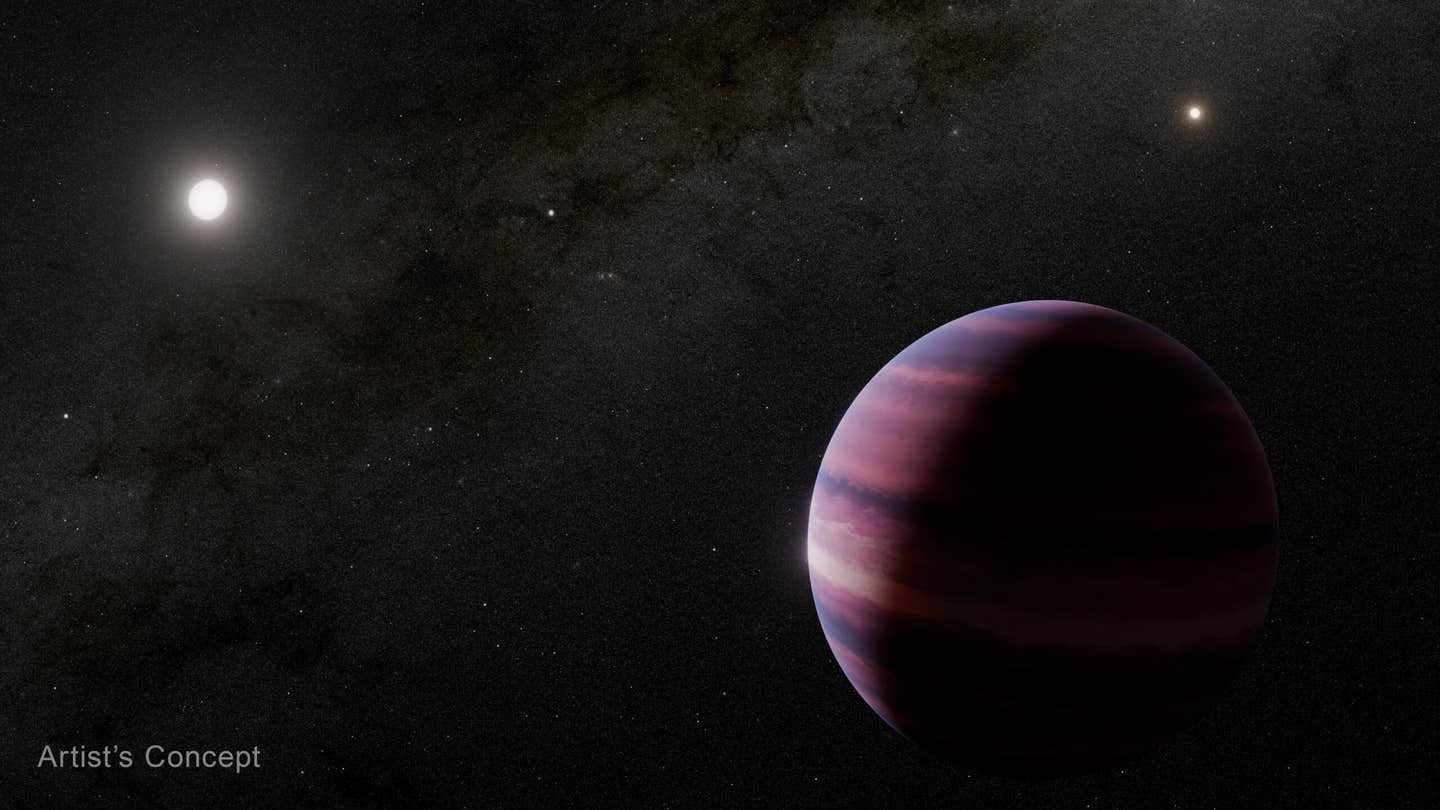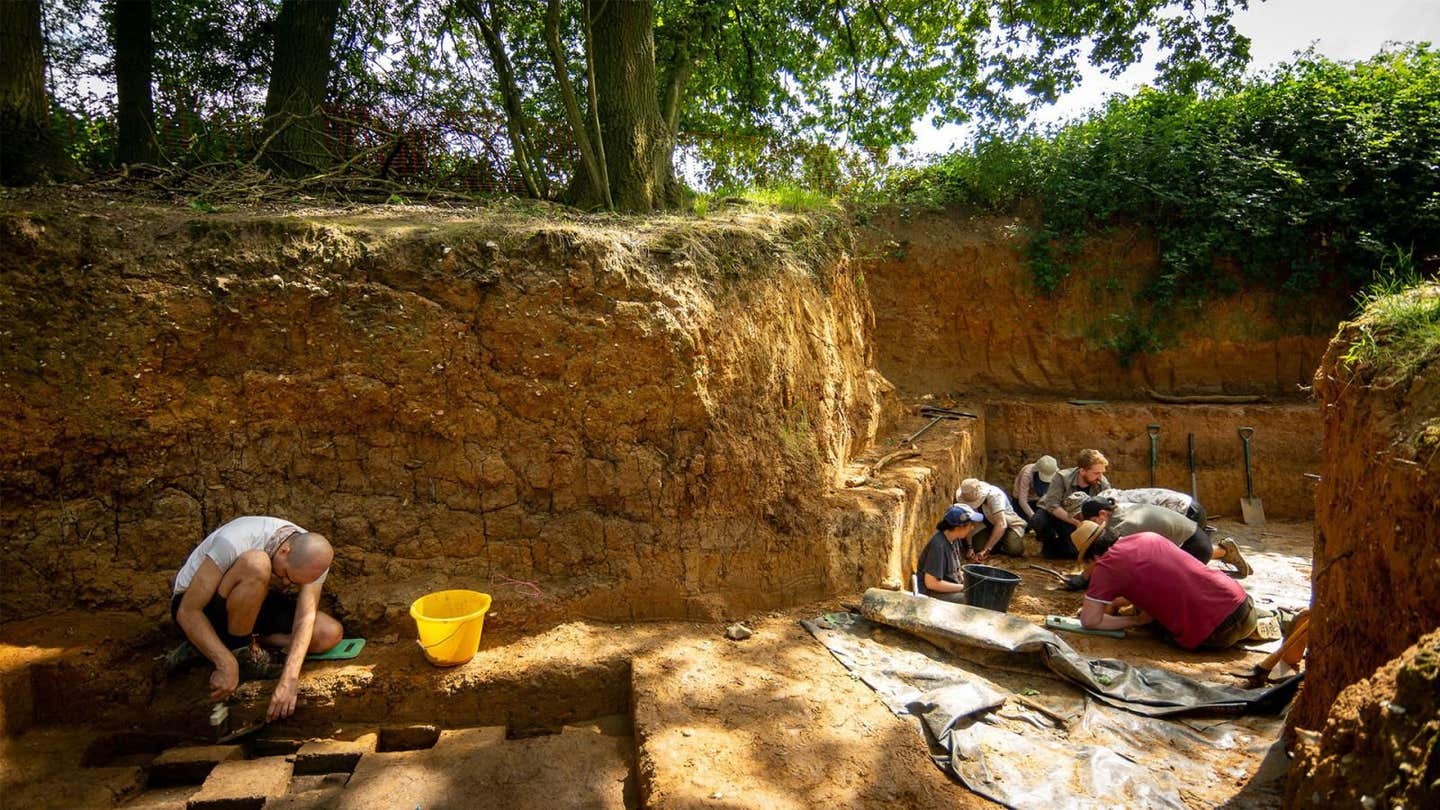JWST detects giant exoplanet in the Alpha Centauri star system – just 4 light-years away
JWST may have found a Saturn-like planet near Alpha Centauri A, offering the closest view yet of a world around a Sun-like star.

Astronomers using Webb may have found a Saturn-like planet near Alpha Centauri A, offering the closest view yet of a world around a Sun-like star. (CREDIT: NASA, ESA, CSA, STScI, Robert L. Hurt (Caltech/IPAC))
A giant planet may be orbiting the nearest Sun-like star to Earth, and the discovery is sparking excitement across the astronomy world. Using the James Webb Space Telescope, researchers have detected what could be a gas giant circling Alpha Centauri A — a star located only four light-years away in the triple-star Alpha Centauri system.
This nearby stellar neighborhood, visible only from the Southern Hemisphere, contains Alpha Centauri A and Alpha Centauri B, both similar to our Sun, as well as the faint red dwarf Proxima Centauri. While three planets are confirmed to orbit Proxima, confirming worlds around the larger pair has proven difficult. Alpha Centauri A itself is the third brightest star in the night sky, making direct observation of nearby planets a daunting task.
Now, the Webb telescope’s Mid-Infrared Instrument (MIRI) has provided the strongest evidence yet of a planet in this system. The data, published in The Astrophysical Journal Letters, suggest the object could be the closest planet ever found orbiting in the habitable zone of a Sun-like star. Despite this, scientists believe it would be inhospitable to life because it is likely a gas giant.
A challenging observation
The brightness and proximity of the Alpha Centauri stars pose serious challenges for planet hunting. “With this system being so close to us, any exoplanets found would offer our best opportunity to collect data on planetary systems other than our own. Yet, these are incredibly challenging observations to make, even with the world’s most powerful space telescope, because these stars are so bright, close, and move across the sky quickly,” said Charles Beichman of NASA’s Jet Propulsion Laboratory and the NASA Exoplanet Science Institute at Caltech.
To detect faint objects so close to a bright star, the team used MIRI’s coronagraphic mask to block Alpha Centauri A’s light. Even so, extra glare from Alpha Centauri B complicated the process. By subtracting the light from both stars, the team revealed an object over 10,000 times fainter than Alpha Centauri A, appearing at roughly twice the distance between Earth and the Sun.
This initial observation took place in August 2024. While the detection was promising, more data was needed to confirm the find. Observations in February and April 2025, carried out during Director’s Discretionary Time, failed to spot the same object.
Related Stories
- Astronomers and backyard enthusiasts work together to detect rare long-period exoplanet
- Astronomers capture the first direct images of hidden exoplanet using JWST
The case of the disappearing planet
Faced with a puzzle, the team turned to computer modeling. Ph.D. student Aniket Sanghi of Caltech, a co-first author on the papers, explained: “We are faced with the case of a disappearing planet! To investigate this mystery, we used computer models to simulate millions of potential orbits, incorporating the knowledge gained when we saw the planet, as well as when we did not.”
The simulations accounted for a 2019 sighting by the European Southern Observatory’s Very Large Telescope, Webb’s new data, and the gravitational influence of Alpha Centauri B. In about half of the scenarios, the planet’s orbit brought it too close to its host star during the later observation windows, making it impossible for Webb to detect it at those times.
The brightness in mid-infrared images and orbital models suggest a gas giant similar in mass to Saturn. Its elliptical orbit may range from one to two astronomical units — that’s one to two times the distance between Earth and the Sun.
Why this planet matters
If confirmed, the planet would represent several milestones. It would be the closest directly imaged planet to its host star, the most Sun-like system with a directly imaged world, and the nearest such planet to Earth. “Its very existence in a system of two closely separated stars would challenge our understanding of how planets form, survive, and evolve in chaotic environments,” Sanghi said.
Science fiction fans may also take interest — in James Cameron’s Avatar films, the fictional moon Pandora orbits a gas giant circling Alpha Centauri A. While the real-world counterpart would be far less hospitable, its discovery feeds curiosity about planetary systems beyond our own.
This potential gas giant would not have a solid surface or conditions suitable for liquid water. Still, its position in the habitable zone makes it a valuable subject for studying how planets form and evolve around Sun-like stars in complex stellar systems.
What comes next
Astronomers are eager to follow up. “This would become a touchstone object for exoplanet science, with multiple opportunities for detailed characterization by Webb and other observatories,” Beichman noted. Future observations will aim to confirm the detection and map the planet’s orbit with greater precision.
NASA’s Nancy Grace Roman Space Telescope, scheduled for launch by May 2027, could play a key role. Equipped with advanced instruments designed to study binary star systems, Roman will complement Webb’s infrared data with visible light observations. Together, these telescopes could measure the planet’s size, reflectivity, and perhaps even its atmospheric composition.
For now, the discovery remains a strong candidate rather than a confirmed exoplanet. Yet, the evidence is enough to energize astronomers who have been seeking planets in the Alpha Centauri system for decades. The combination of proximity, similarity to our Sun, and the possibility of direct imaging makes it a uniquely compelling target.
If further studies verify its presence, the planet could become the most studied world outside our solar system. Its location offers a rare opportunity to test theories about planetary dynamics in multi-star systems and to refine the methods astronomers use to detect and study distant worlds.
The bigger picture
Direct imaging of exoplanets remains one of the hardest feats in astronomy. Most planets are detected indirectly, through slight wobbles in their star’s motion or dips in brightness as they pass in front. Capturing a planet in an image requires blocking overwhelming starlight while picking out a faint, moving object millions of times dimmer. That Webb could spot such a candidate so close to such a bright star speaks to the telescope’s capabilities.
Even if the planet turns out to be something else — a background galaxy, a transient object, or an artifact — the techniques developed for this observation will push the field forward. Each attempt refines coronagraphy, data processing, and modeling approaches that will be critical for future missions aimed at finding Earth-like worlds.
For now, Alpha Centauri remains a tantalizing frontier. If a Saturn-sized planet truly orbits Alpha Centauri A, it would be our closest window into the conditions and dynamics of planetary systems beyond the Sun — and a reminder that the nearest stars may still hold remarkable secrets.
Note: The article above provided above by The Brighter Side of News.
Like these kind of feel good stories? Get The Brighter Side of News' newsletter.



